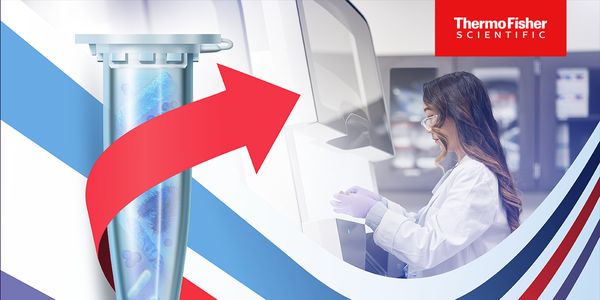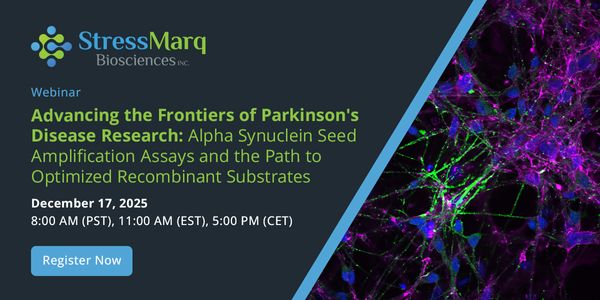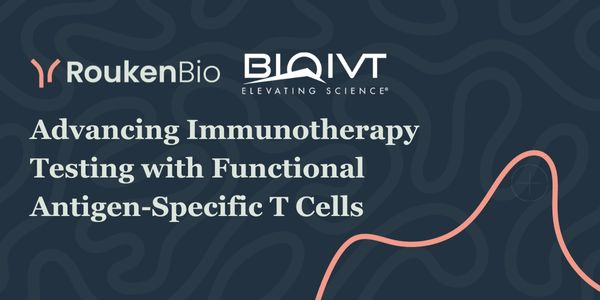
Acoustically Targeted Molecular Neuromodulation
-
Mikhail G. Shapiro, PhD
Professor of Chemical Engineering, Investigator, Heritage Medical Research Institute, California Institute of TechnologyBIOGRAPHY
The study of biological function in intact organisms and the development of targeted cellular therapeutics necessitate methods to image and control cellular function in vivo. Technologies such as optogenetics serve this purpose in small, translucent specimens or surgically accessed organs, but are limited by the poor penetration of light into deeper tissues. In contrast, non-invasive techniques such as ultrasound – while based on energy forms that penetrate tissue effectively – are not as effectively coupled to cellular function. Our work attempts to bridge this gap by engineering biomolecules with the appropriate physical properties to interact with sound waves, and by enhancing the transport of engineered biomolecules into tissues such as the brain. In this talk, I will describe our work on Acoustically Targeted Chemogenetics (ATAC) – a technology that couples ultrasound with molecular engineering to enable non-invasive control of specific neurons. In this approach, we use focused ultrasound to transiently open the blood–brain barrier and transduce neurons at specific locations in the brain with virally encoded engineered G-protein-coupled receptors. The engineered neurons subsequently respond to systemically administered designer compounds to activate or inhibit their activity. In a mouse model of memory formation, we showed that this approach can modify and subsequently activate or inhibit excitatory neurons within the hippocampus (1). Now we are adapting and improving this technology for application in larger species.
(1) Szablowski JO, Lue B, Lee-Gosselin A, Malounda D, Shapiro MG. Acoustically targeted chemogenetics for the non-invasive control of neural circuits. Nature Biomedical Engineering 2, 475-484 (2018).
Learning Objectives:
1. Introduce the technology of acoustically targeted chemogenetics.
2. Describe the use of ultrasound in modulating neural circuits.
Please update your information
Certificate of Participation
DOWNLOAD CERTIFICATE






